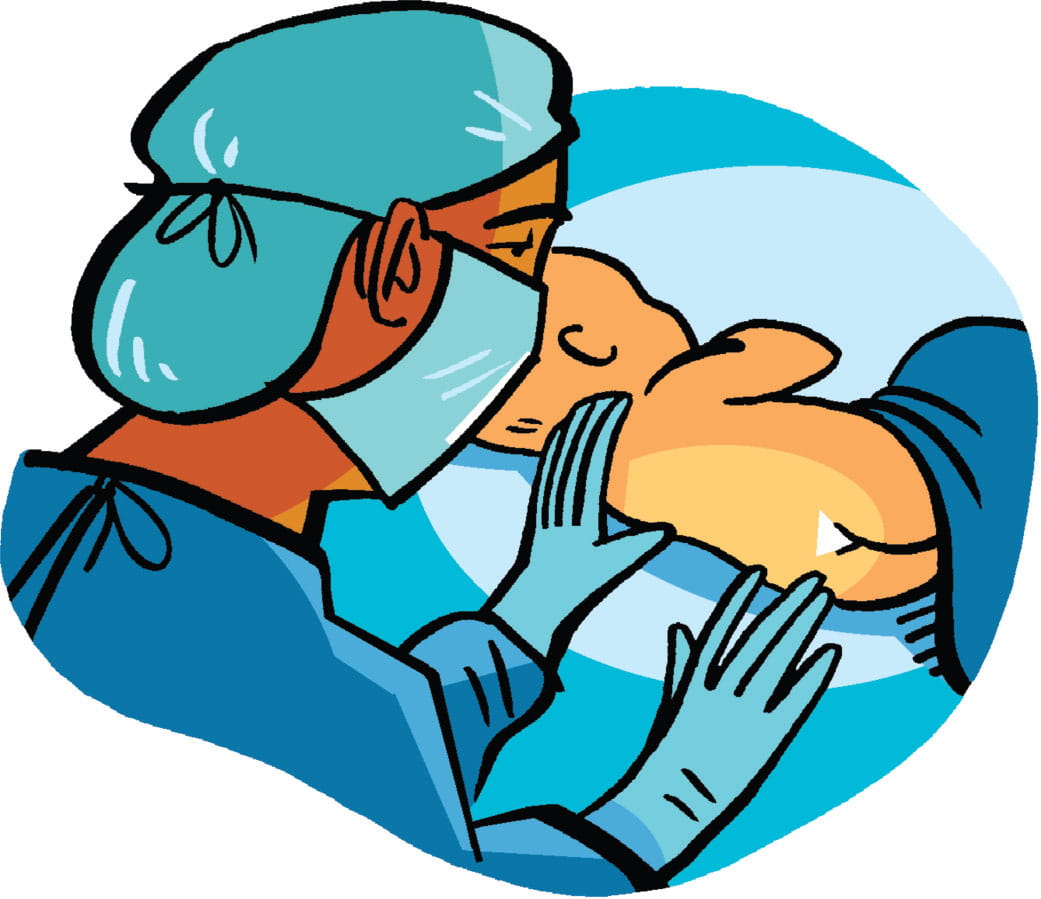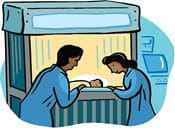When general anesthesia is needed, there are important rules for eating and drinking that must be followed in the hours before the surgery. One business day before your child’s surgery, you will receive a phone call from a surgical nurse between the hours of 1 and 9 p.m. (Nurses do not make these calls on weekends or holidays.) Please have paper and a pen ready to write down these important instructions.
- The nurse will give you specific eating and drinking instructions for your child based on your child’s age. Following are the usual instructions given for eating and drinking. No matter what age your child is, you should follow the specific instructions given to you on the phone by the nurse.
For children older than 12 months:
- After midnight the night before the surgery, do not give any solid food or non-clear liquids. That includes milk, formula, juices with pulp, chewing gum or candy.
For infants under 12 months:
- Up to 6 hours before the scheduled arrival time, formula-fed babies may be given formula.
- Up to 4 hours before the scheduled arrival time, breastfed babies may nurse.
For all children:
- Up to 2 hours before the scheduled arrival time, give only clear liquids. Clear liquids include water, Pedialyte®, Kool-Aid® and juices you can see through, such as apple or white grape juice. Milk is not a clear liquid.
- In the 2 hours before scheduled arrival time, give nothing to eat or drink.
- You may bring along a “comfort” item—such as a favorite stuffed animal or “blankie”—for your child to hold before and after the surgery.









 At UPMC Children’s Hospital of Pittsburgh, we believe parents and guardians can contribute to the success of this test and we invite you to participate. Please read the following information to learn about the surgery and how you can help.
At UPMC Children’s Hospital of Pittsburgh, we believe parents and guardians can contribute to the success of this test and we invite you to participate. Please read the following information to learn about the surgery and how you can help. Once your child has been registered for the surgery, a nurse, nurse practitioner or physician’s assistant and a member of the anesthesia staff will meet with you to take your child’s vital signs, weight and medical history. As the parent or legal guardian, you will be asked to sign a consent form before the anesthesia is given.
Once your child has been registered for the surgery, a nurse, nurse practitioner or physician’s assistant and a member of the anesthesia staff will meet with you to take your child’s vital signs, weight and medical history. As the parent or legal guardian, you will be asked to sign a consent form before the anesthesia is given. When your child is moved to the recovery room, you will be called so that you can be there as he wakes up.
When your child is moved to the recovery room, you will be called so that you can be there as he wakes up.